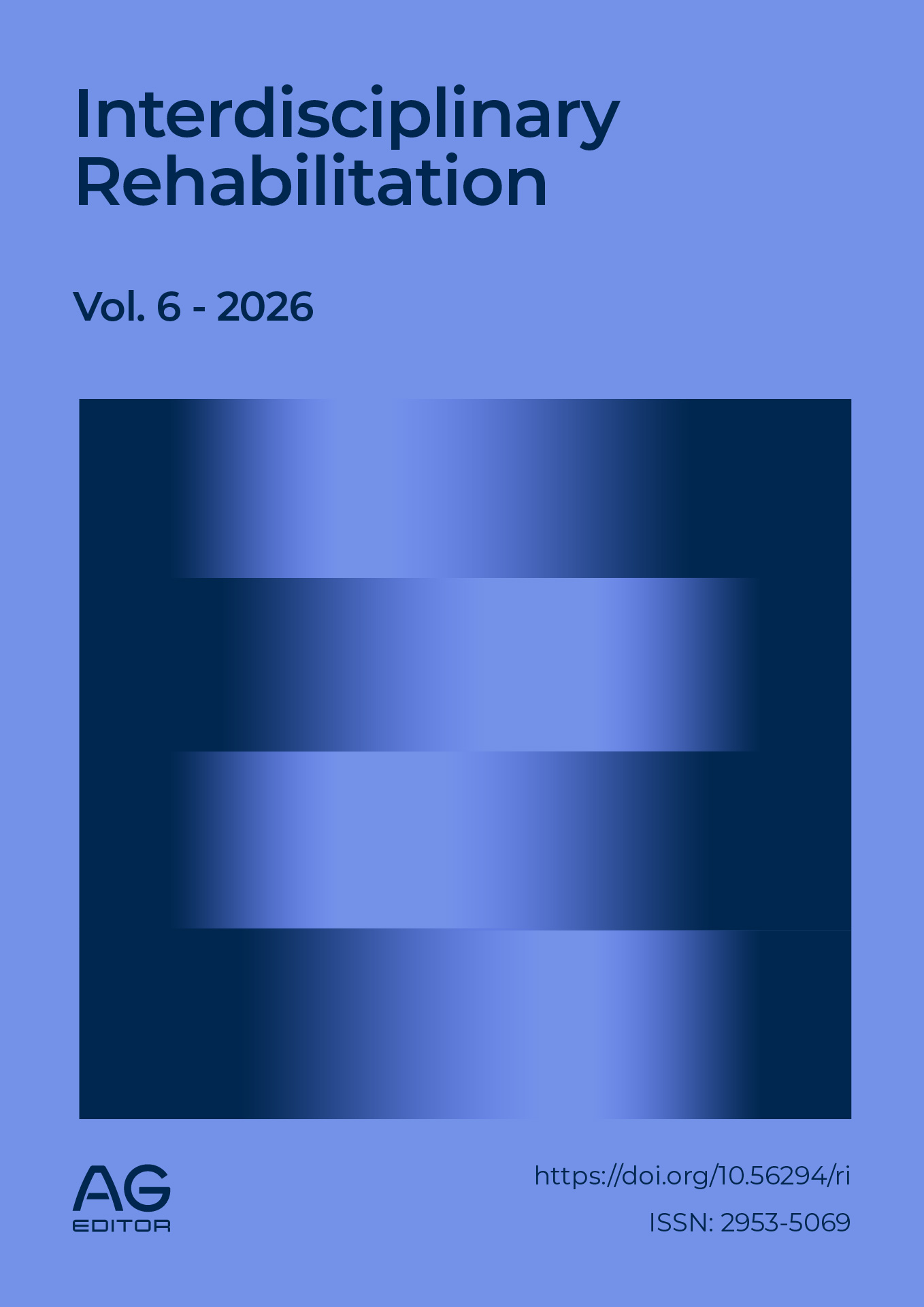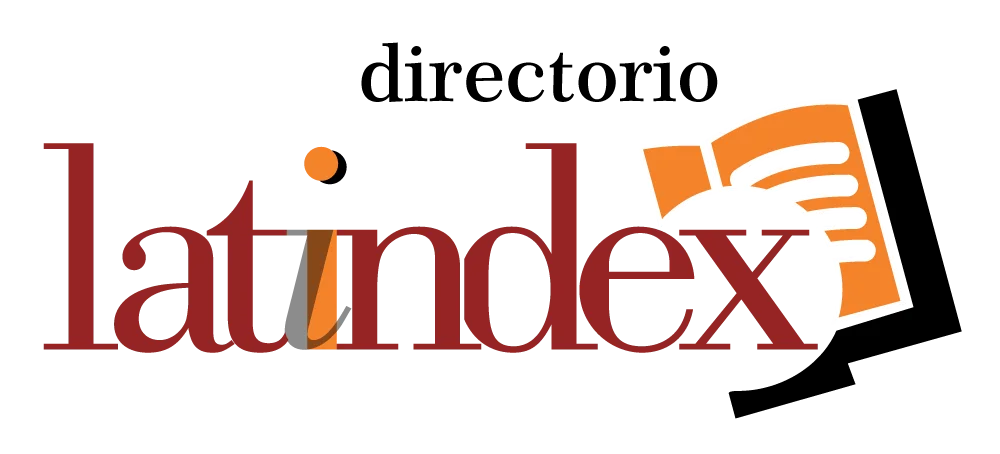Rehabilitative treatment of facial paralysis from a multidisciplinary approach
DOI:
https://doi.org/10.56294/ri2026121Keywords:
Bell's Palsy, Rehabilitation Treatment, Multidisciplinary RehabilitationAbstract
Introduction: facial paralysis is an acute condition at the peripheral level that sets in abruptly. It produces a decrease or absence of mobility of the muscles that innervate the affected hemiface. It can be of central or peripheral origin. Depending on this, the rehabilitation treatment should be adjusted, taking into account the particularities of the affected persons and paying special attention to the emotional aspect.
Objective: to identify the degree of satisfaction with the rehabilitation treatment of people with Bell's Palsy at the Dr. Carlos Juan Finlay Teaching Hospital.
Methods: a cross-sectional descriptive study was carried out with a sample of 50 clinical histories. The variables used were sex, age, personal pathologic antecedents, symptoms and signs observed and the patient's evolution.
Results: a clinical evolution with a very satisfactory result was observed in 64 % of the totality. The symptoms of facial asymmetry and deviation of the labial commissure after treatment were those that most frequently had a positive response.
Conclusions: it was possible to identify that the clinical evolution achieved in more than half of the studied sample was very satisfactory. As secondary findings it was found that the most frequent pathological antecedents were arterial hypertension, diabetes mellitus and ischemic heart disease.
References
Ruelas-Añamuros LR. Valoración sintomatológica relacionado con la fisioterapia en pacientes con parálisis facial [Tesis de grado] Juliaca: Hospital Carlos Monge Medrano; 2023
Sánchez Domínguez N. Abordaje de la parálisis facial desde la fisioterapia: revisión sistemática. [Tesis de grado] La Coruña: Universidade da Coruña; 2022 Disponible en: http://hdl.handle.net/2183/31674
Colectivo de Autores. Medicina de Urgencias. Tomo 2, Cap. 34. Parálisis Facial, Universidad Católica de Cuenca, Puerto Madero Editorial Académica. Buenos Aires: Argentina; 2022. pp.173-174.
Redondo SPH, Lizano GSL. Parálisis de Bell: Diagnóstico y tratamiento. Rev Cienc Salud Integrando Conoc. 2021;5(1): 88-94 DOI: https://doi.org/10.34192/cienciaysalud.v5i1.221
Zaldívar Suárez N, Estrada Jiménez PB. Discapacidad psicológica en adultos con parálisis facial periférica. Rev Cub Med Fís y Rehab. [Internet]. 2021;13(1): e693. Disponible en: http://www.sld.cu/sitios/revrehabilitacion/
Rodríguez-Puga R. Actualización de la declaración de Helsinki, avances en ética y protección de la investigación médica. Rev-Cub. Salud-Trab [Internet]. 2025. Disponible en: https://revsaludtrabajo.sld.cu/inde.php/revyt/article/view/917
Lee S, Kim M, Park J. Gender differences in Bell’s palsy: A population-based study. J Neurol. 2023; 270 (5): 1234-1240. doi:10.1007/s00415-023-11785-0 DOI: https://doi.org/10.1007/s00415-023-11785-0
Granero Péreza M, Martí Amelab AB. Fisioterapia en parálisis facial idiopática. Revisión sistemática. Revista de Fisioterapia 2021;43(2), p. 85-95. DOI: https://doi.org/10.1016/j.ft.2020.09.001
Saeed A. Técnica Kabat y efecto neuromuscular en pacientes con parálisis de Bell, Riphah International University, actualizado 18 de marzo de 2021(internet), 2021
Ubillus Carrasco GE, Sánchez Vélez A. Fisioterapia en la parálisis facial. Rev Cuerp Med HNAAA[Internet]. 2019 [citado 2021 Feb 27]; 11(4). Disponible en: http://www.cmhnaaa.org.pe/ojs/index.php/rcmhnaaa/article/view/470
Published
Issue
Section
License
Copyright (c) 2026 Rafael Ismael Clavijo Reyes, Mirelis Barrientos Danger , Grisel García Rubio, Berta María Santana Rodríguez, Kenia Bárbara Díaz Pérez, Mercedes Regla González Roque (Author)

This work is licensed under a Creative Commons Attribution 4.0 International License.
The article is distributed under the Creative Commons Attribution 4.0 License. Unless otherwise stated, associated published material is distributed under the same licence.





